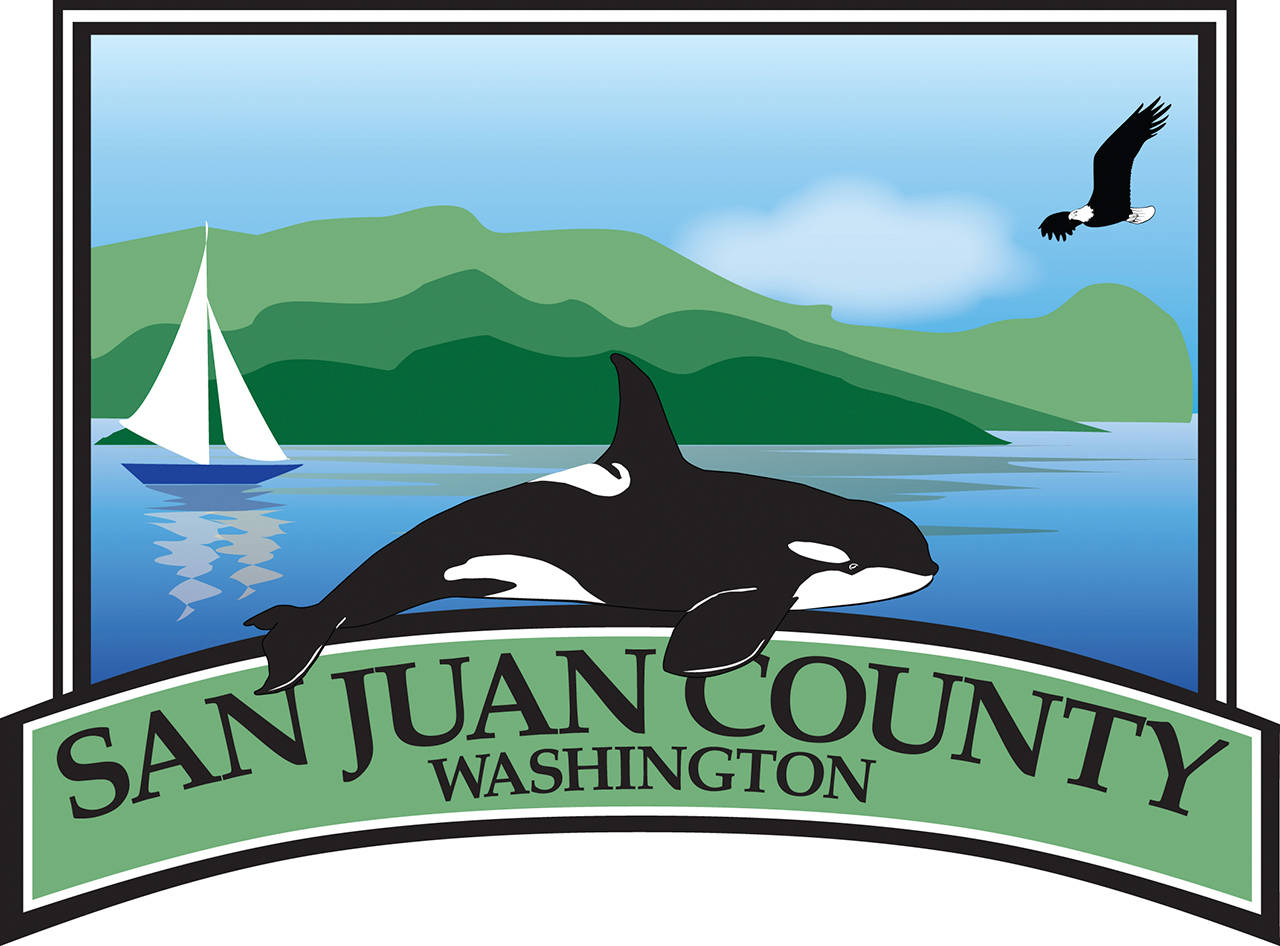As soon as Senator Kevin Ranker, D-Orcas, was notified that the state pulled funding for the Orcas park and ride, he began researching the issue.
The project is only a few weeks from completion, but a portion of the Washington State Department of Transportation grant to fund construction was withdrawn in mid-August.
On Friday, Sept. 1, Ranker told the Journal that a “solution has been found thanks to the hard work of Councilman Jamie Stephens and the Department of Transportation.”
The full grant money will soon be available to San Juan County, said Ranker, but he was unable to give details of the “creative” financial solution.
Background on the project
On Aug. 16, San Juan County Engineer Colin Huntemer was informed that county staff would only receive $405,000 of a $760,000 grant for the ferry landing park and ride because WSDOT staff did not budget for the remaining funds in the 2017-19 biennium.
“The project needs to be completed at this point and the county is left holding the bag with this completion,” said Huntemer at the Aug. 29 county council meeting.
The remaining cost of the project is $100,000 and the council agreed to finish it and dispute the reimbursements with WSDOT officials. Stephens said the park and ride will possibly not open until reimbursements are made.
The WSDOT grant partially funded construction of the free parking area at the Orcas Island Washington State Ferries Terminal for walk-on ferry passengers. The lot will dissuade passengers from parking unsafely on Orcas Road, said Huntemer.
The project should be completed by early September. The total cost is $1.2 million and the county road fund paid for roughly $1.1 million of it, said Huntemer, as he was expecting reimbursements from WSDOT. Stephens noted that all of the state funds should have been reimbursed by now since the project is 95 percent complete.
Orcas Hill Road was relocated as part of the project. The road is missing a guard rail, said Huntemer, and approximately 15 residents live at the top of it and need access to their homes. Paving the gravel road began on Aug. 31.
Huntemer said he has two signed agreements with WSDOT staff — one to lease the Washington State Ferry-owned property, which houses the lot, and another to receive grant reimbursements. County staff will receive $405,000 of reimbursements for construction completed before the close of the 2015-17 state budget.
The county received an award letter for the $760,000 grant from WSDOT in November 2015. The grant agreement was signed in March 2016, said Huntemer, and construction started the following spring.
Last February, Huntemer asked WSDOT if the project could be extended into August and it was approved. He said WSDOT assured him the remaining $332,000, appropriated in that biennium budget, would roll over to the next two years. However, he said WSDOT staff did not inform state legislators to earmark the funds in the 2017-19 budget, which lawmakers narrowly passed under deadline on June 30.
“There was miscommunication on the part of the state granting agency, WSDOT,” Huntemer told the Journal.
A WSDOT employee told Huntemer in an August email that the “project will be included in the re-appropriation decision package for the 2018 Supplemental Budget.” According to a Washington State Office of Financial Management analyst, this is a way to make revisions to the current budget. The supplemental budget would not be approved, said the employee, until after state legislators convene again at the start of 2018.
But according to Ranker, the crisis has now been averted, although nothing will be official until the first week of September.
“This was essentially the model project,” said Huntemer. “It was something we have developed entirely in-house, using our own resources, and done on an expeditious schedule.”



